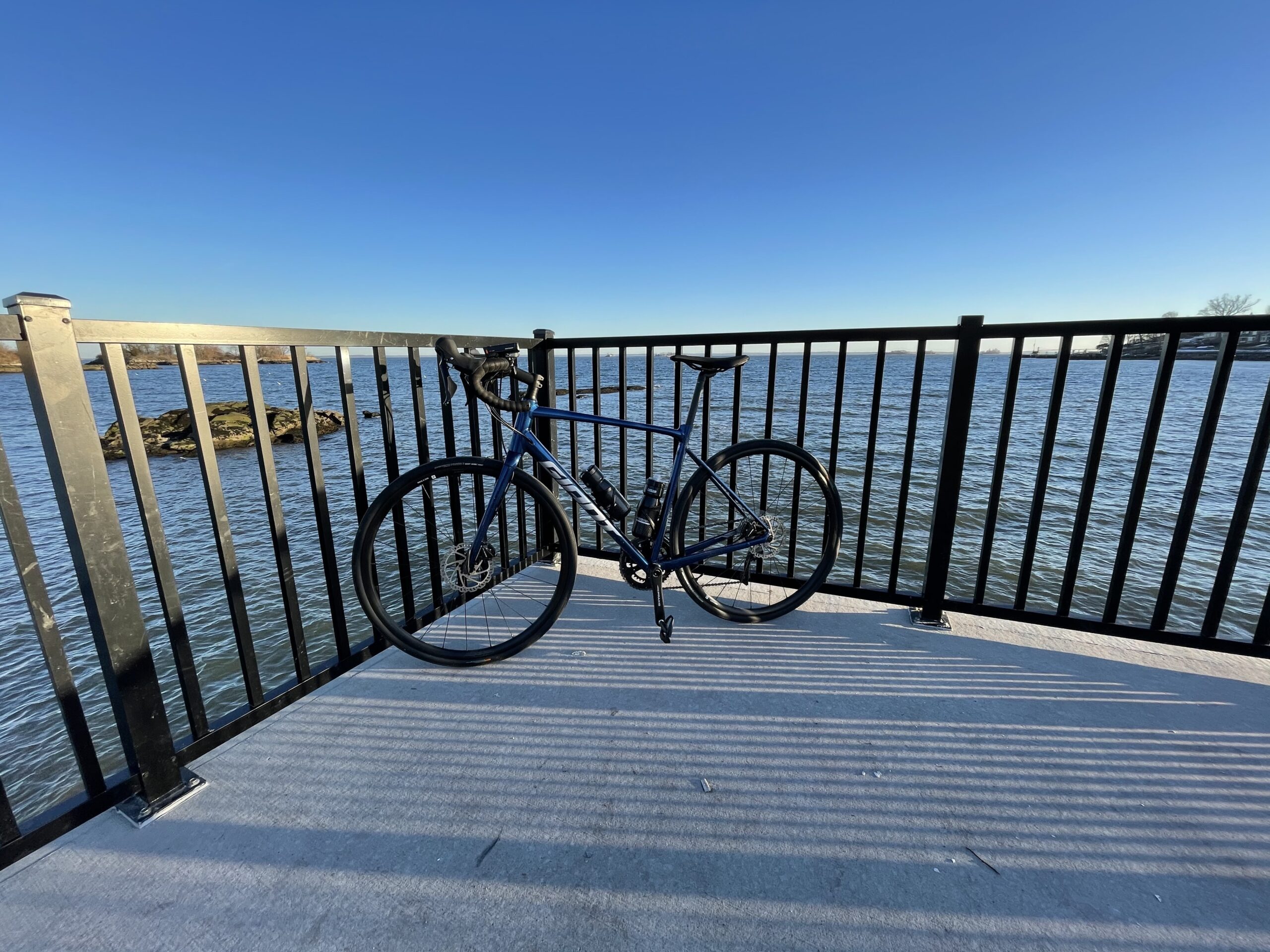For even the most avid cyclist, shopping for a new bicycle can be a daunting task. If it’s been awhile since your last visit to the bike shop, or your current ride needs an upgrade, you’ll likely be overwhelmed at the significant changes to the two-wheeled landscape. With a plethora of modern new options, you can save a considerable amount of effort and money by being as informed as you can before the time comes to make your purchase and ride off into the sunset on your shiny new wheels.
Bicycle shop owners run up against this problem with regularity. People wander in without having the slightest clue what type of bike to buy. Whether your 12 year old has outgrown her first two-wheeler, or your wife is considering taking up mountain-biking, it pays to do a deep dive into all the options prior to visiting your favorite bike shop and plunking down your money. To save you time, we describe the various bicycle types, applications and features here:
Weekend and Commuter Options - Four Excellent Choices
Predominantly geared toward riders who utilize bicycles for daily work and travel, Commuter bikes (often referred to as “Weekend” bikes) are the suitable choice for city commuting and general, all-purpose riding over various types of terrain. We compiled this short and sweet “Cliffs Notes” version of the four main types of bicycles that fall under the “Weekend/Commuter” umbrella.
Hybrid
Attractive alternatives for someone seeking a comfortable, mixed-terrain ride to the office, Hybrid bicycles are part road bike, part mountain bike. Usually outfitted with a flat handlebar similar to a mountain bike (rather than the drop handlebars of a road bike), which makes braking and shifting components similar to those found on mountain bikes. Hybrid bikes tend to have larger volume tires than road bikes, making them more forgiving over gravel, potholes, and the occasional curb, thereby offering more comfort than narrower road rubber tires. An ideal choice for that work commute!
Touring Cycle
Touring bikes are another stellar choice for week-ending or commuting, and are designed to carry significant amounts of stuff for long distances. To say these are the pack mules of cycling would not be an overstatement. With robust frames and wheels, not to mention steady handling capabilities and clearance for mudguards, a Touring bike is a wise choice for multi-day rides where you’re carrying everything you need with you.
Cargo Bike
An excellent ride that offers a variety of hauling uses, the Cargo bike is a savvy choice for a myriad of folks. Everyone from delivery businesses and advertising entrepreneurs are incorporating them into their business model. People who use them for everyday purposes like transporting groceries and picking up the kids from school appreciate the extra carrying capacity of a Cargo bike, and find it an efficient, fun choice for a Weekend bike.
Folding Bike
Rounding out the Weekend/Commuter category is the Folding bike, which Metro-North commuters have likely seen while commuting into Grand Central. Designed to fold into a tidy, compact form that makes transport and storage a seamless endeavor if you’ll be carrying your bike onto the train and into that meeting.
Long Distance/Road Bike
Simply put, Road Bikes are just that, bikes made for efficiently riding on roads. Geared mostly towards the fitness aspect of riding longer distances, you’ll know a road bike when you see one. Characterized by its sleek look, with dropped, curving handlebars, narrow wheels and “skinny” tires, the road bike is essentially an upgrade to the aforementioned hybrid bicycle. Current road bikes are made of one or more blends of steel, aluminum, titanium and carbon fiber. Fancier road bikes are often the choice for the rider who is ready to use special “clipless” pedals (which ironically means you are now clipped into a pedal, albeit less visibly to the casual observer or passerby). This signifies the rider is now ready to start wearing the oh-so-flattering spandex shorts and tops, so be sure to accessorize before you leave the bike shop. For some, a road bike means they have reached a new level of avid cyclery. For friends and spouses of the newbie cyclist, the purchase of a road bike may indicate a rapidly evolving obsession.

Gravel/CycloCross
A somewhat niche-y bicycle, however one that is growing rapidly within the cycling community, is the Gravel Bike, and its more technical, aggressive cousin the Cyclocross bike. Whereas the gravel bike is more of a love child between a road bike and a mountain bike, it leans closer to a road bike….the cyclocross bike is the naughtier child, positioning itself closer to the mountain bike with its ability to handle rougher terrain and accommodate jumps, rocks, etc. Gravel bikes are often used to replace road bikes for riders who want to navigate from pavement to dirt paths, whether on the same ride or from one day to the next. Built to traverse hills, mud, grass or sometimes sand, the Cyclocross bike uses geometry that is optimized around navigating the technical courses these bikes are designed to tackle. Made of aluminum or carbon, the Cyclocross is a relatively new addition to the bicycle market, and is aimed at the experienced road cyclist. Professional female cyclist Shayna Powless, who races for Team Twenty 24, describes the difference in this way, “One main difference between gravel and cyclocross bikes is that gravel bikes allow for thicker, grippier tires to be installed on them than cross bikes. Another difference is that cross bikes tend to have a more aggressive riding geometry than gravel bikes which have more of a comfort- based geometry.” Neither of these bikes are targeted at commuter or weekend riders, unless the rider is planning for significant trail riding.

Mountain Bike: not just for mountains.
A slightly more rugged version of the Hybrid bike, the mountain bike is designed for riders to sit upright in a position that gives them optimal control of the bike. For this reason the mountain bike makes an excellent choice for kids and adults alike. The heavy-duty construction, combined with stronger rims and wider, knobby tires for bumps and jumps, also means greater maneuverability for urban riders wanting to navigate over curbs and potholes. For adventurous adults and their families who have access to dirt roads and trails, this can open up a whole new level of recreational excitement. Within the mountain bike sub-category are other versions meant for snow/ice, and downhill only, as well as many features like secondary shock pistons that are used to cushion larger jumps and landings.

E-Bicycles: Pedal-Assist your way to perspiration-free riding!
For those who prefer longer rides, don’t love climbing hills, or just want to take it easy and enjoy the passing scenery, an E-bike might be the perfect selection. A relative newcomer to the cycling world, Electric bikes are green, clean and a pleasure to get around on. Using an E-bike for light sporting activities is a brilliant way to ensure that you’re keeping fit while conveniently skipping traffic in the process. All without breaking a sweat!
